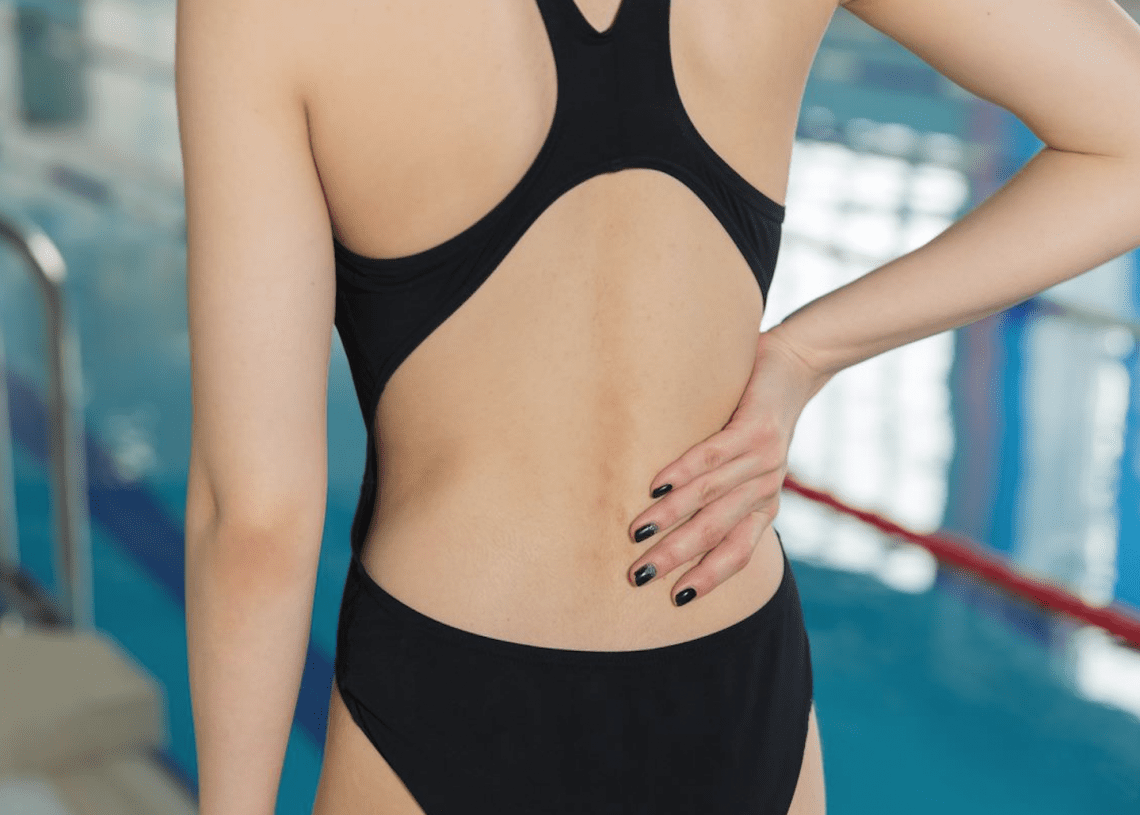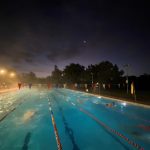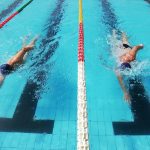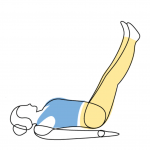
How do I avoid back pain in breaststroke?
Swimming coach Cassie Patten answers a reader question about how to improve their breaststroke so it relieves pressure on their lower back
I am training for the Swim Serpentine two-mile swim in September. For now, I am swimming in the pool and gaining good pace.









